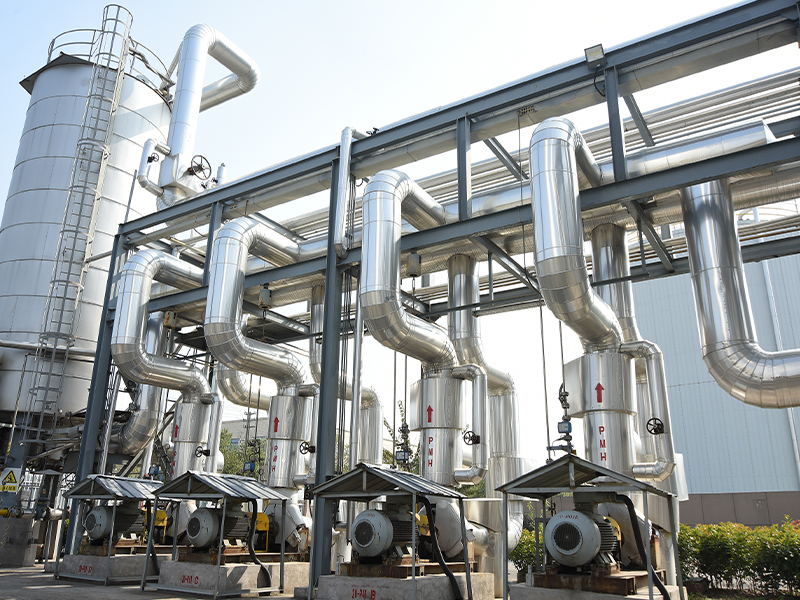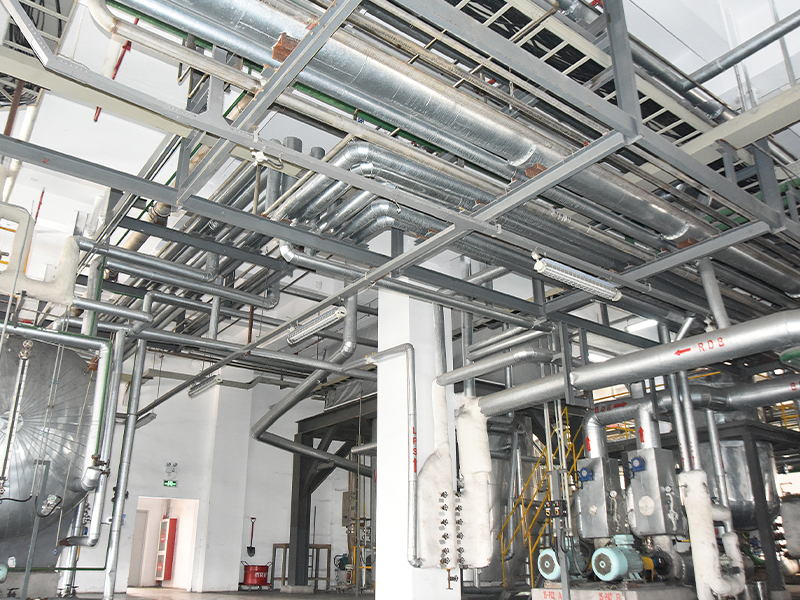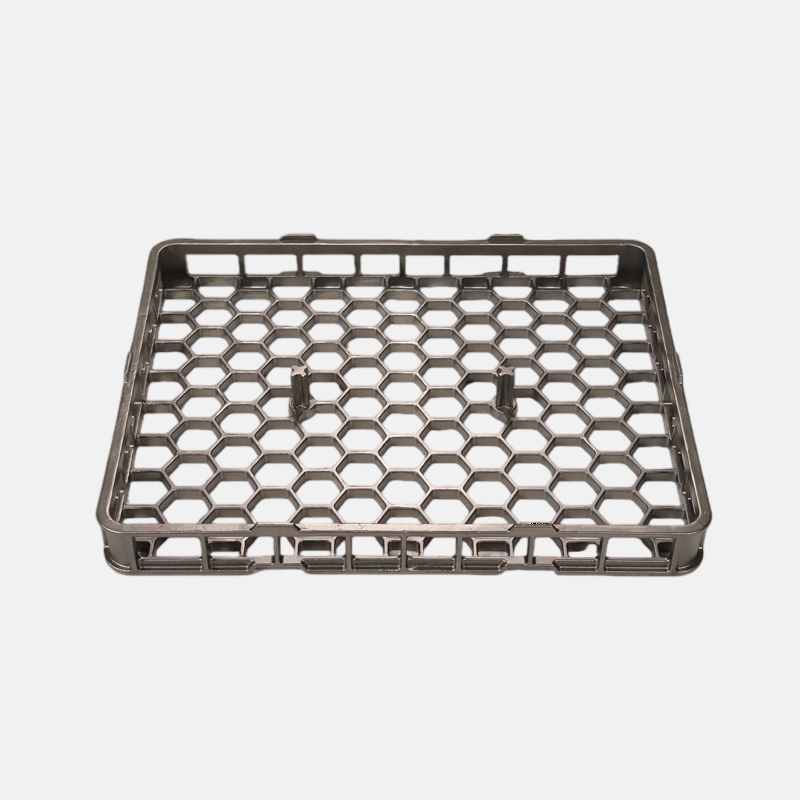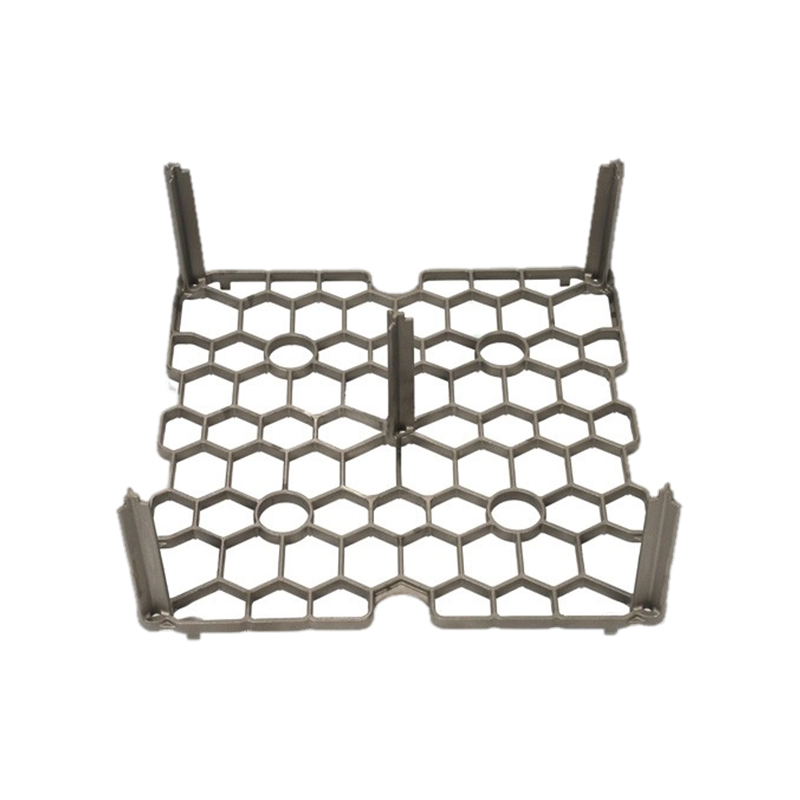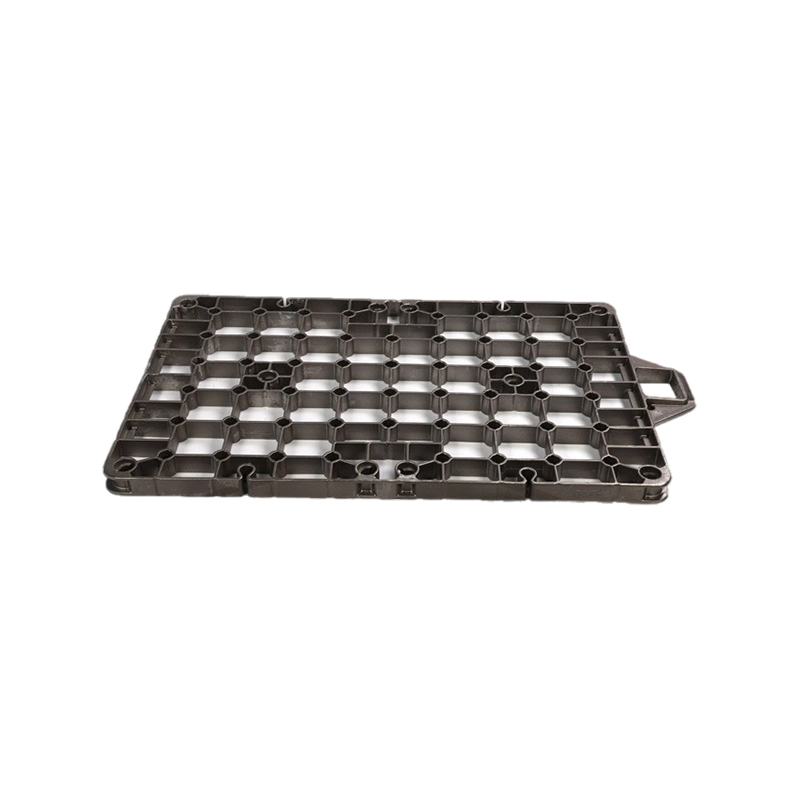Lost Foam Casting (LFC), an evaporative pattern casting process, is frequently examined for its potential environmental advantages compared to traditional sand casting methods.
Environmental Advantages of Lost Foam Casting:
-
Elimination of Binders and Core Sands:
-
Reduced Hazardous Waste: Traditional sand casting relies on chemically bonded sands (using resins like phenolics or urethanes) or clay-bonded sands. These binders generate hazardous air pollutants (HAPs) during pouring and cooling, and spent sand often becomes contaminated waste requiring costly treatment or disposal. LFC uses unbonded, dry sand. This eliminates the need for these binders entirely, significantly reducing the generation of hazardous waste streams and associated disposal burdens.
-
Simplified Sand Handling & Lower Energy: The absence of binders means the sand does not require complex reclamation processes involving thermal or mechanical treatment to break down bonds. Simple screening and cooling are typically sufficient for sand reuse, leading to substantial reductions in energy consumption for sand reclamation compared to bonded sand systems.
-
-
Reduced Waste from Cores & Molds:
-
Traditional casting often requires complex cores made from bonded sand to form internal cavities. These cores become waste after casting. LFC integrates complex geometries directly into the expendable foam pattern. This eliminates the need for separate cores and the associated core sand waste stream.
-
-
Potential for Improved Metal Yield:
-
LFC patterns can be densely packed within the flask and gating systems are often integrated directly into the pattern cluster. This efficient layout, combined with the absence of parting lines, can lead to higher yields (more usable castings per unit of molten metal poured) compared to some traditional methods, reducing the overall energy and resource consumption per finished part.
-
-
Reclamation of Pattern Material (Limited Scope):
-
While the foam pattern itself is consumed, the primary material (typically Expanded Polystyrene - EPS) can sometimes be reclaimed from sprue and runner systems before pouring and reused to produce new patterns. Furthermore, during the pyrolysis stage within the mold, a significant portion of the foam decomposes into gaseous hydrocarbons. Under controlled conditions in advanced foundries, these can be captured and thermally oxidized, converting them primarily to CO2 and water vapor while recovering energy.
-
Important Environmental Considerations:
-
Emissions During Pouring:
-
The thermal decomposition of the foam pattern upon contact with molten metal generates complex emissions, including volatile organic compounds (VOCs), polycyclic aromatic hydrocarbons (PAHs), and carbon monoxide (CO). This is the most significant environmental challenge for LFC. Foundries must implement robust air pollution control systems, such as thermal oxidizers or advanced scrubbers, to effectively capture and treat these emissions to meet regulatory standards. Untreated, these emissions pose a serious environmental and health risk.
-
-
Pattern Production Footprint:
-
The environmental impact of manufacturing the foam patterns themselves must be accounted for. This includes the energy used in producing the raw EPS beads, the steam and electricity consumed during the bead pre-expansion and pattern molding processes, and any waste generated during pattern fabrication (e.g., cutting scraps). The efficiency of the pattern production shop is a factor in the overall lifecycle assessment.
-
-
Foam Disposal Pathways:
-
While some clean, uncontaminated foam (like sprues not melted) can be recycled, pyrolysis residues within the sand and any unrecycled pattern production waste require disposal. Industrial EPS is distinct from packaging foam and disposal must follow appropriate waste management regulations. Landfilling is common, though energy recovery via controlled incineration may be an option where facilities exist.
-
Lost Foam Casting demonstrably reduces environmental impact in specific, significant areas compared to traditional bonded sand casting: eliminating hazardous binder waste, simplifying sand reclamation (lowering energy use), and reducing core waste. The potential for improved metal yield further contributes to resource efficiency.
However, these gains are contingent upon effectively managing the emissions generated during the metal pour. The environmental benefits of LFC are only realized when foundries invest in and rigorously operate state-of-the-art emission control systems. Furthermore, the energy footprint of pattern production and responsible end-of-life management for foam residues are integral parts of the overall environmental equation.
Therefore, Lost Foam Casting can be a more environmentally favorable casting process, primarily through waste stream reduction and simplified sand handling, but only when implemented with stringent emission controls and responsible material management practices throughout the entire process chain. Its environmental superiority is not absolute but depends heavily on the specific operational standards and pollution abatement technologies employed by the foundry.
 English
English русский
русский Español
Español عربى
عربى
